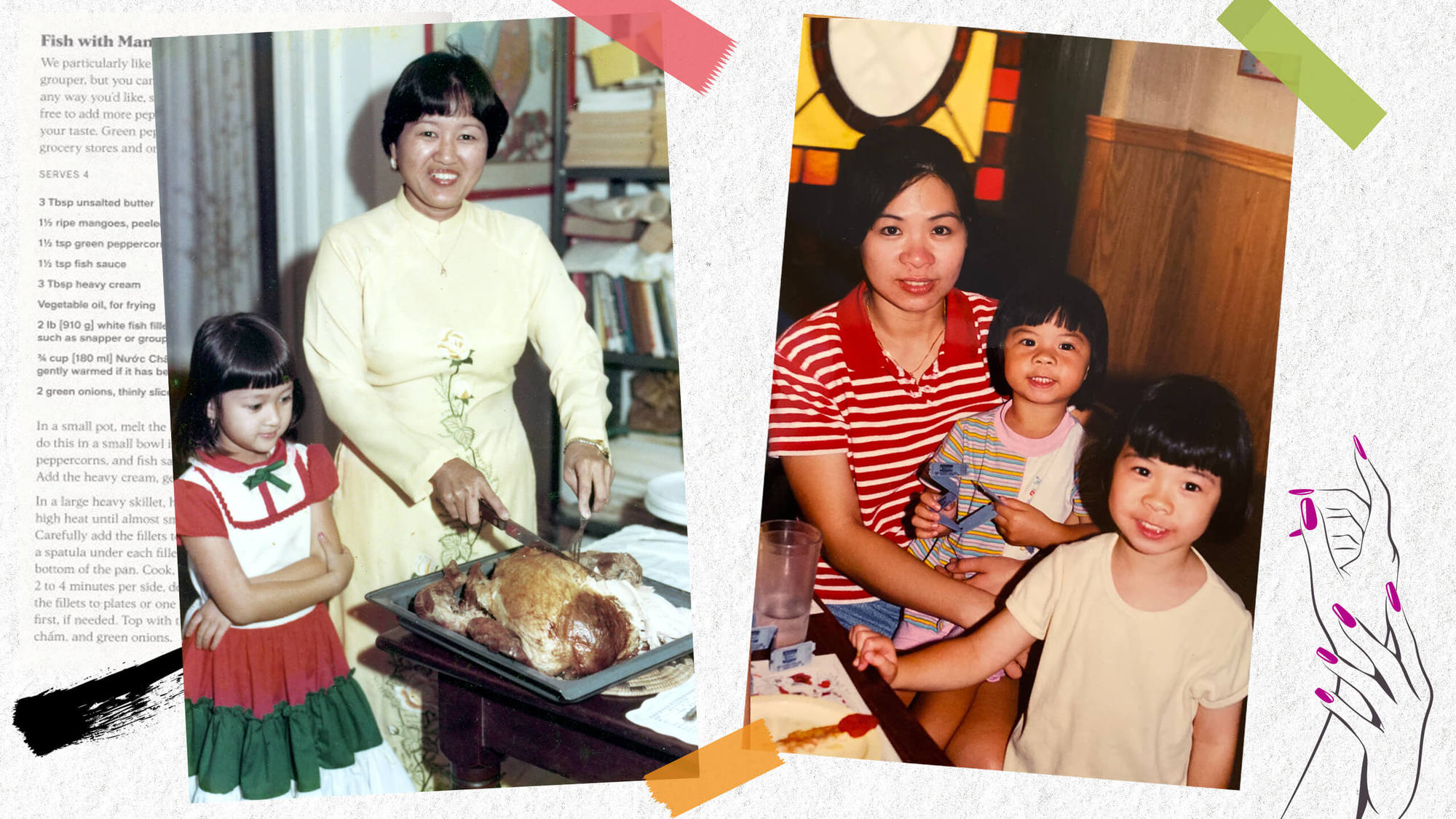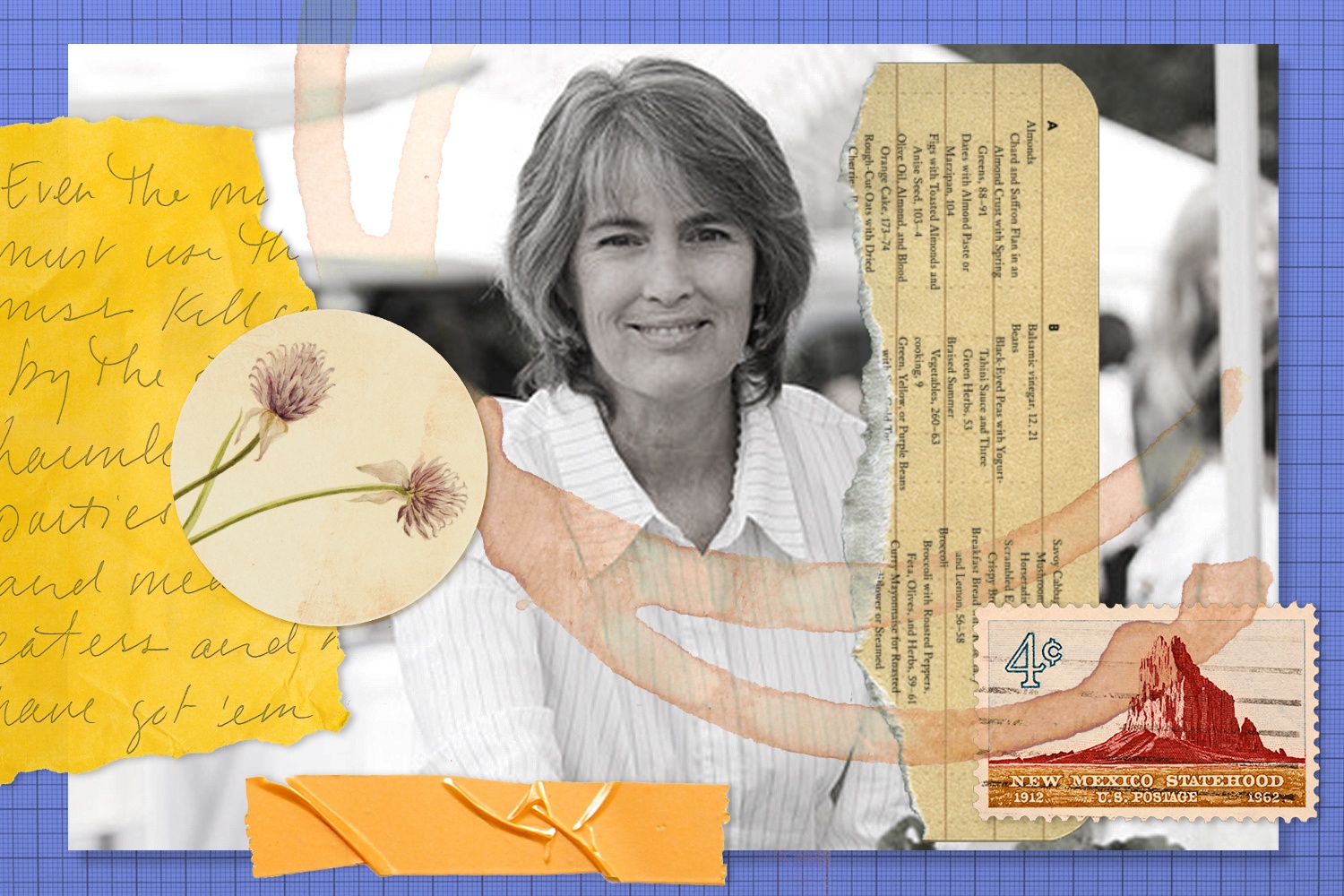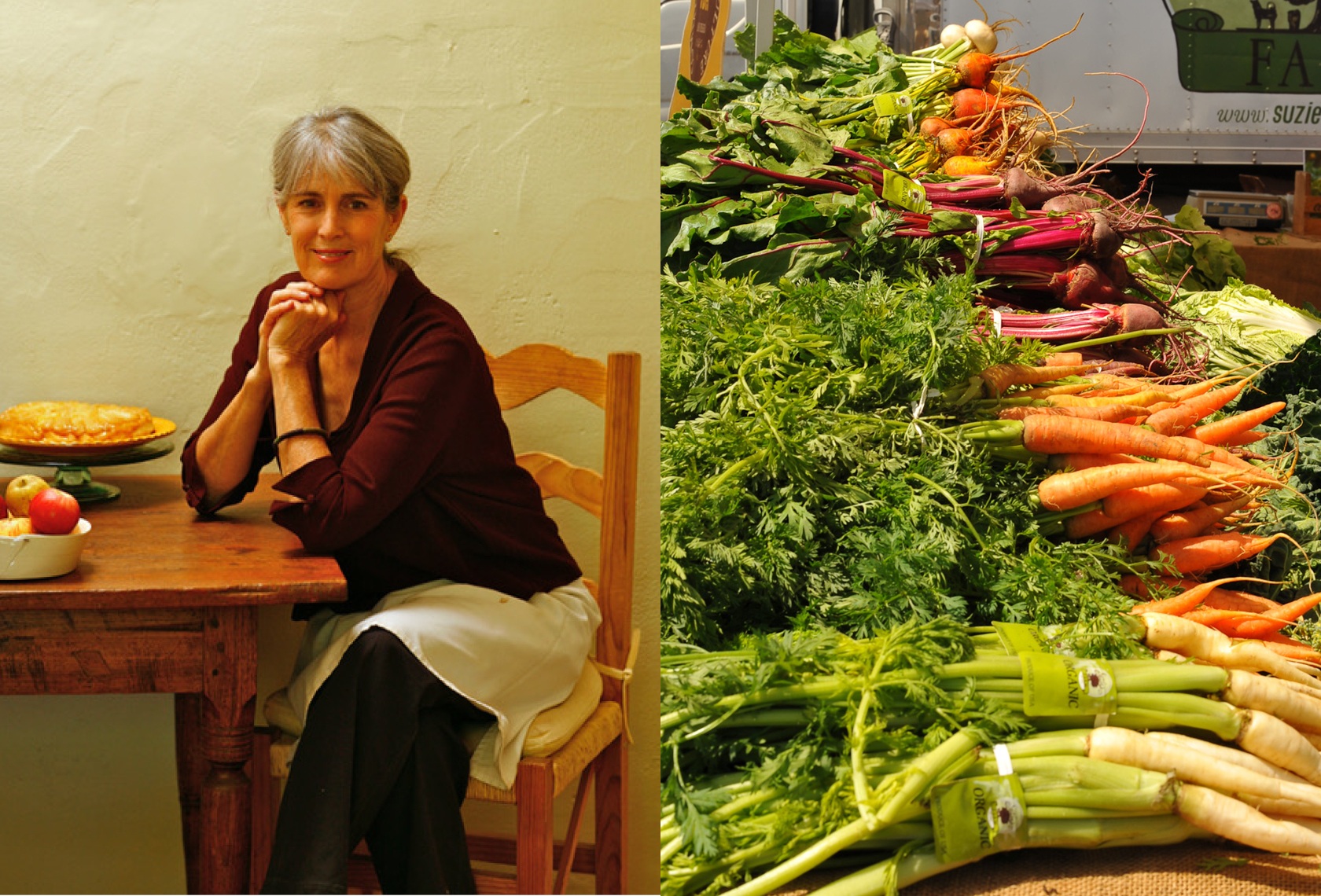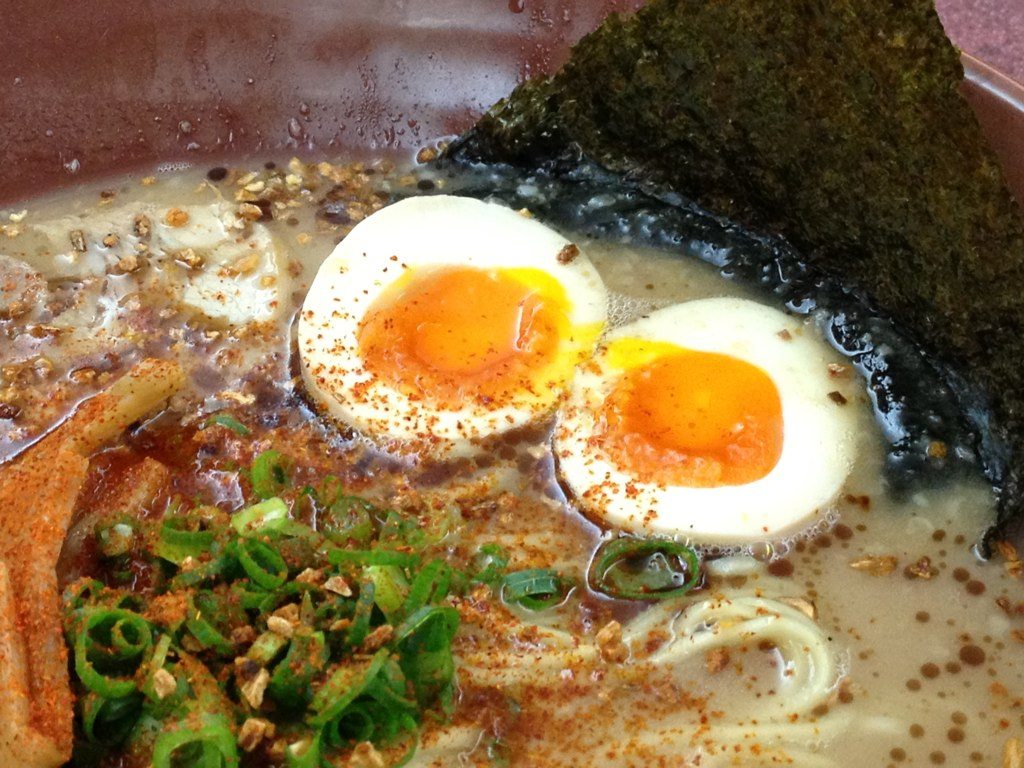How much cookbooks expect you to know or figure out yourself is part history, part trend.
The old recipe format—about a paragraph length, heavy on assumption, and light on instruction—is making a comeback. Using New York Times assistant managing editor Sam Sifton’s new book No-Recipe Recipes as an anchor, Eater explores the history and trajectory of improvisational cooking, a concept that presumes the cookbook reader comes to the page with a practiced competence. Historically, the space between what’s often left out of the older style of recipes—often yields, measurements, detailed how-to tips—encouraged home cooks to taste, adapt, and think critically about flavor and method. This get-to-the-point style of recipe was standard in early American cookbooks dating back to the mid-1800s. It declined in the mid-20th century, when white housewives no longer had “kitchen help,” namely Black women and women of color who learned the domestic trade early and could do without step-by-step recipes. But who gets to employ this method of recipe building today (when readers fight pitched battles about narrative recipe intros)? Vietnamese chef and author Andrea Nguyen notes that she must first hook readers with what they know, usually bánh mì and pho, before guiding them through a culinary education that remains authentic to a recipe’s heritage.



